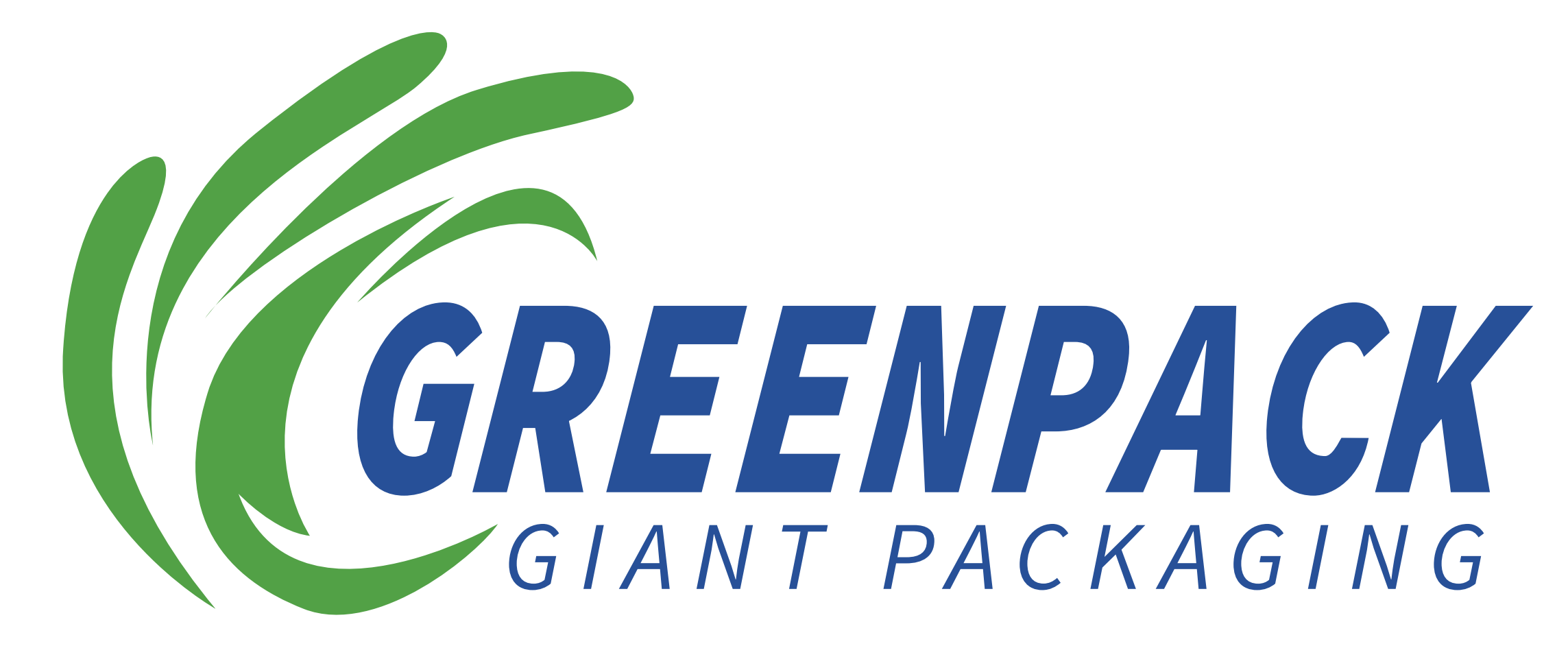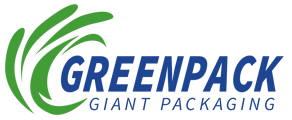Strategic Logo Placement for Maximum Visibility and Brand Impact
Understanding High Visibility Zones on Custom Die Cut Mylar Bags
According to Packaging Digest from last year, most shoppers tend to look at the top third area plus the middle section of mylar bags first when they're browsing shelves. That's about 78% of their initial gaze actually. When designing these packages, it's wise not to put company logos too close to heat seals or along those folded edges since the curved parts can really mess up the appearance of graphics. The best spots for branding are definitely on flat sections without any bends. There's this sweet spot area right below the zipper by about two inches down to just above where the bag starts to widen at the bottom. Retailers who understand this often see better results with their product visibility.
Optimal Logo Sizing and Positioning: Centered vs. Offset Layouts
On standard 6" wide mylar bags, logos should occupy 15â€20% of the frontal area. Centered layouts improve brand recognition in e-commerce thumbnails by 23% (EcommerceBytes 2024), while offset positioning in the upper right corner boosts visibility in vertical social media unboxing videos by 17%.
Avoiding Interference With Seals, Folds, and Functional Areas
| Design Element | Minimum Clearance |
|---|---|
| Heat Seals | 0.25" |
| Zipper Tracks | 0.375" |
| Side Gussets | 0.5" |
| Maintaining these buffer zones prevents logo warping during manufacturing and handling, ensuring clean presentation. |
Balancing Aesthetics and Functionality in Logo Placement
A survey of 200 packaging designers found that 62% prioritize structural integrity over decorative elements when designing custom die cut mylar bags. Use simplified logo versions for curved areas and reserve detailed branding for flat panels, where print resolution exceeds 1200 dpi for optimal clarity.
Case Study: How a Leading Manufacturer Increased Recognition With Strategic Logo Placement
A cannabis edibles brand increased brand recall by 34% (2023 MarketWave Study) by relocating its logo from the bottom gusset to the front panel’s prime zone. This change reduced customer inquiries about product authenticity by 41%, all while maintaining compliance with child-resistant closure standards.
Printing Techniques for Durable and High Quality Logo Application
Direct to Mylar Printing vs. Sticker Application: Durability and Cost Comparison
When it comes to mylar printing, the process actually creates a chemical bond between the ink and the material itself. This means printed graphics can last anywhere from 12 to 18 months outdoors, which is roughly twice as long as regular stickers that typically only hold up for around 6 to 9 months according to Ponemon's findings from 2023. Sure, stickers do cut down initial expenses by about 30 to 40 percent when ordering smaller quantities, but once production scales up, direct printing starts looking much better value wise. A recent study on flexible packaging in 2024 showed something interesting too: direct printed logos kept their colors intact at 98% accuracy even after being subjected to abrasive tests, beating stickers by a solid margin of 22 percentage points.
Digital vs. Flexographic Printing: Quality, Scalability, and Color Accuracy
Digital printing delivers complex, multi-color logos with <15-micron precision, ideal for short runs. Flexographic printing offers faster throughput for orders over 10,000 units. Advances in high definition CMYK+White digital presses now achieve 95% Pantone color match, closing the gap with flexo’s traditional spot-color accuracy.
| Method | Ideal Batch Size | Color Accuracy | Setup Cost |
|---|---|---|---|
| Digital | 100—5,000 units | 98% Pantone | $0.15/unit |
| Flexographic | 5,000+ units | 99.5% Pantone | $1,200+ |
Color Separation and Pantone Matching for Brand Consistency
Accurate color separation ensures consistent logo appearance across packaging and digital platforms. Supply 3D mockups with lighting simulations to account for mylar’s 12—17% gloss variance. Work with converters who use calibrated systems to maintain Pantone fidelity across materials.
Trend Analysis: Shift Toward High Definition Digital Printing in 2024
53% of packaging manufacturers now favor digital workflows for custom mylar bags, driven by 4K-resolution capabilities that render details under 0.5 mm (Printing Technology Report 2023). This represents a 28% year-over-year increase as brands seek photorealistic textures and micro-gradients once limited to screen printing.
Artwork Preparation and File Standards for Flawless Logo Integration
Vector vs. Raster Files: Ensuring Print Clarity and Scalability
When working on mylar bag printing projects, vector files such as AI and EPS really shine because they maintain crisp details no matter how big or small the design gets. The math behind these file types keeps everything looking clean and professional. According to folks in the printing business, many have seen around a third fewer mistakes when switching from standard image formats to vectors. Raster files like JPEGs or PNGs just don't hold up under magnification since they're made of pixels that get blurry when stretched out. Speaking of high quality prints, anyone aiming for those lifelike images should stick with at least 300 DPI resolution settings. Also important is making sure all the graphic elements are properly embedded within the document itself. This helps avoid those frustrating scaling problems that can ruin otherwise great designs during production runs.
Using Die Line Templates and Proper Artwork Setup
Always align artwork with manufacturer-provided die line templates, keeping critical logo elements 5mm inside cut lines. Lock template guides in design software to avoid accidental shifts. Use CMYK color mode with embedded ICC profiles to ensure batch-to-batch color consistency.
Bleed Areas and Safe Margins: Preventing Cutoff of Logo Elements
Extend background elements 3mm beyond trim edges to accommodate cutting variances—a practice shown to reduce misalignment by 72% in 2023 Flexographic Packaging Studies. Maintain a 5mm “safe zone†around handles, seams, and folds. Apply this margin strategy consistently across multi-panel bags for visual harmony.
Key Compliance Checks:
- Vector files: Text converted to outlines, strokes ⥠0.5pt
- Templates: 1:1 scale, locked layer structure
- Bleeds: 3mm extension on all sides
- Output: PDF/X-4 with fonts embedded
Enhancing Brand Identity with Premium Finishes and Design Consistency
Premium finishes elevate custom die cut mylar bags from functional containers to powerful brand touchpoints. Tactile enhancements like foil stamping, embossing, and spot UV increase consumer recall by 37% compared to flat logos (Packaging Digest 2023), drawing attention without compromising material integrity.
Foil Stamping, Embossing, and Spot UV: Elevating Logo Perception
Metal foil that matches the brand color provides 92% recognition consistency in retail environments. The embossed logo adds physical texture and enhances uniqueness making it an ideal choice for limited editions. Point UV paint to guide consumers' attention, with 68% of high-end brands using directional patterns to highlight key brand areas.
Tactile and Visual Effects in Luxury Packaging Branding
Contrasting matte/gloss finishes perform strongly in shelf impact tests, increasing handling time by 29% (Luxury Packaging Report 2024). Sensory cues reinforce brand positioning: soft touch laminates suggest craftsmanship, while iridescent effects signal innovation and modernity.
Cost-Benefit Analysis of Premium Finishes on Custom Die Cut Mylar Bags
| Finish Type | Cost Increase | Perception Boost | Best Use Cases |
|---|---|---|---|
| Foil Stamp | 15—20% | 41% | Core Brand Products |
| Spot UV | 10—12% | 33% | Seasonal/Novelty Lines |
| Embossing | 18—25% | 48% | Luxury/Flagship Items |
Aligning Logo Design with Overall Brand Identity and Market Positioning
Consistent application of logo treatments across packaging formats increases purchase intent by 27% in competitive markets (Recent studies). Premium finishes should enhance—not override—established brand elements like color palettes and typography to strengthen recognition.
Proofing, Validation, and Quality Control for Production Accuracy
Importance of physical samples and digital proofs before mass production
Robust quality control prevents costly errors in mylar bag production. A 2023 industry study found that 68% of brand recalls stemmed from undetected logo placement or print defects. Physical samples allow evaluation of logo clarity, material texture, and structural performance, while digital proofs enable precise color and alignment verification.
Top manufacturers recommend three proofing stages: concept validation, pre-press approval, and final production sampling. Advanced systems now combine augmented reality overlays with spectral analysis to predict print outcomes with 98.5% accuracy before tooling begins.
Validating logo alignment, color fidelity, and edge clearance
Critical checks include maintaining at least 3mm clearance between logos and seams, and holding Pantone color variation below ΔE1.5. Automated optical inspection (AOI) systems scan at 1200dpi, detecting:
- Sub-0.5mm logo misalignments
- Ink density deviations over ±5%
- Edge bleeding near heat-sealed zones
These processes reduce material waste by 22% versus manual checks and achieve 99.97% production accuracy in large runs. Regular calibration against master samples ensures consistent brand representation across batches.
FAQ Section
What are the ideal zones for logo placement on a mylar bag?
The best spots for logo placement are on flat sections of the bag, ideally below the zipper down to the area before the bag widens at the bottom, as these zones achieve higher visibility.
How should logos be sized and positioned on a standard mylar bag?
On a standard 6" wide mylar bag, logos should cover about 15% to 20% of the frontal area. Centered layouts work well for e-commerce, while offset placements can benefit from visibility in vertical social media.
What differences exist between direct-to-mylar printing and sticker applications?
Direct-to-mylar printing offers greater durability and extended lifespan compared to sticker applications, despite stickers initially being more cost-effective for smaller batches.
Why are vector files preferred over raster files for logo printing?
Vector files like AI and EPS retain detail and clarity at any size due to their mathematical construction, unlike raster files, which may become pixelated when enlarged.
What premium finishes can elevate brand perception on die cut mylar bags?
Premium finishes such as foil stamping, embossing, and spot UV coatings can increase consumer recall and boost brand perception effectively.
Table of Contents
-
FAQ Section
- What are the ideal zones for logo placement on a mylar bag?
- How should logos be sized and positioned on a standard mylar bag?
- What differences exist between direct-to-mylar printing and sticker applications?
- Why are vector files preferred over raster files for logo printing?
- What premium finishes can elevate brand perception on die cut mylar bags?


